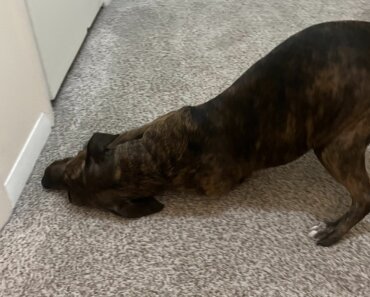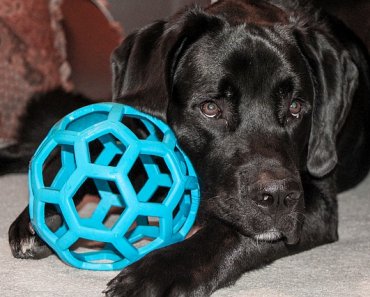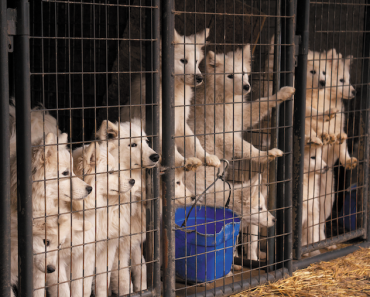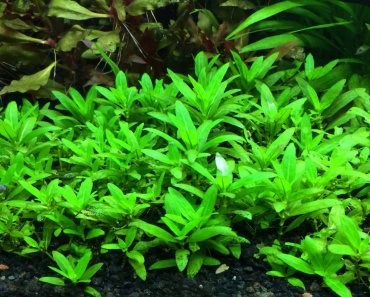Cats that lose weight because they don’t eat for long periods are said to have cachexia, and can develop serious secondary health problems. These five nutraceuticals can help manage this complicated condition.
If your cat has stopped eating and is losing weight because of it, he has cachexia. This condition has a range of causes, and can lead to further serious health issues if left untreated. So it’s important to take your cat to the veterinarian as soon as possible to find out what might be at the root of his appetite and weight loss. This article looks at how nutraceuticals can be used to help manage cats with cachexia.
SECONDARY HEALTH PROBLEMS CAN BE SERIOUS
While some animal species can go for long periods without eating, cats are not among them. Members of the feline species can go two weeks without food, but because of the cat’s metabolic pathways, many secondary problems can occur within a few days of not eating. The most common fall into an intertwining group of disease conditions known as “feline triaditis,” which includes pancreatitis, inflammatory bowel disease, and cholangitis. Other concurrent conditions such as hepatic lipidosis (fatty liver disease), inflammatory liver disease, and vitamin deficiencies can also occur.
THE ROLE OF NUTRACEUTICALS
A nutraceutical can be defined as “a food (or part of a food) that provides medical or health benefits, including the prevention and/or treatment of a disease.” The term was coined in 1989 by Stephen DeFelice, MD, and is a combination of the words “nutrition” and “pharmaceutical.”
In the United States alone, it is estimated that 10% to 33% of dogs and cats are fed a pet supplement or nutraceutical. The most common include joint and digestive health supplements, followed by those that aid cognition, skin and coat, and heart health.
Inflammation and oxidative stress are at the center of the processes associated with cachexia. These alter anabolic and catabolic signaling pathways, leading to muscle depletion. In human studies, it’s estimated that muscle depletion increases by 40% to 60% during cachexia.
There are different forms of cachexia, and treating the specific form a cat has would be ideal, but is not always achievable. The use of nutraceuticals should therefore aim to decrease inflammation, reduce oxidative stress on the body, and help increase appetite.
5 NUTRACEUTICALS FOR FELINE CACHEXIA
Omega-3 fatty acids — specifically eicosapentaenoic acid (EPA) and docosahexaenoic acid (DHA) — come mainly from marine fish and fish oil, and are useful for partly restraining inflammation.
Glutamine is an amino acid that helps reduce the diarrhea common in cancer patients receiving chemotherapy and radiation. It provides fuel for rapidly dividing cells as well as the epithelial cells of the intestines. Glutamine maintains gut barrier function and is a precursor for the antioxidant glutathione.
Flavonoids are bioactive polyphenol compounds that are abundant in food and plants. They have antioxidant and anti-inflammatory properties. Flavonoids can scavenge free radicals, protect against other oxidants, chelate metal ions, and increase the activity and expression of antioxidant enzymes. Quercetin is a flavonoid found in many fruits, vegetables, and seeds, and has the potential to reduce oxidative stress-induced damage.
Milk thistle (Silymarin) is a very commonly-used supplement in veterinary medicine, with a wide variety of applications. It is well known for its antioxidant properties and for being highly hepatoprotective. Antioxidants are reported to be among the main modulators of many physiological pathways, and the antioxidant/pro-oxidant balance in the diet can affect the gastrointestinal organs, blood circulation, and tissues. Milk thistle can be a very important addition to the treatment of cachexia.
Probiotics are also crucial. A normal gut microbiome plays a key role in many physiological functions in the body. When alterations take place in the microbiome, “dis-ease” can occur, leading to increased systemic inflammation, gut barrier dysfunction, muscle wasting, and more. Both prebiotics and probiotics strengthen the gut microbiome, thus reducing inflammation and helping bring the body back to a more homeostatic state.
CACHEXIA VS. SARCOPENIA — WHAT’S THE DIFFERENCE?
There’s currently no single definition of cachexia. One of the more popular working definitions states that cachexia is a complex metabolic syndrome associated with underlying illness, and characterized by muscle loss with or without loss of fat mass. In veterinary medicine, cachexia is often defined as the loss of lean body mass in an animal with a chronic disease such as congestive heart failure (CHF), chronic kidney disease (CKD), or cancer.
underlying illness, and characterized by muscle loss with or without loss of fat mass. In veterinary medicine, cachexia is often defined as the loss of lean body mass in an animal with a chronic disease such as congestive heart failure (CHF), chronic kidney disease (CKD), or cancer.
Sarcopenia is a very similar condition that also causes a loss of lean body mass, but it is important to differentiate the two. Cachexia involves the loss of lean body mass concurrent with a disease process. Sarcopenia is defined as the loss of lean body mass without the presence of disease, and is considered part of the aging process. As with cachexia, there is still some debate about the definition of sarcopenia.
CATS ARE A UNIQUE SPECIES
Cats are strict carnivores and require a much higher protein intake than omnivores. Their diet must also include some vitamins and amino acids that cats cannot produce naturally, such as taurine, arginine, and vitamin A.
Cats can become very “set in their ways”, often stubborn at times. Once a cat has quit eating, it can be difficult to coax him back to food, especially if it created a feeling of nausea the last time it was eaten. An integrative approach to cachexia, including nutraceuticals, may be most beneficial.
Cachexia is a very complicated, multifactorial disease process, and with their unique characteristics, cats can make it even more challenging. The use of nutraceuticals can help reduce inflammation, clean up free radicals, and stimulate the cat’s appetite, providing a better quality of life and ultimately helping treat the cachexia, whatever its underlying cause.
Veterinarian Dr. Jared Mitchell graduated from Mississippi State University’s College of Veterinary Medicine in 2004. In 2010, he opened Mitchell Animal Clinic in Mobile, Alabama, and began incorporating holistic modalities into his practice. Dr. Mitchell is completing certification to become a Certified Veterinary Medical Aromatherapist through the VMAA, and plans to achieve certifications in herbal medicine, acupuncture, chiropractic and more.



























